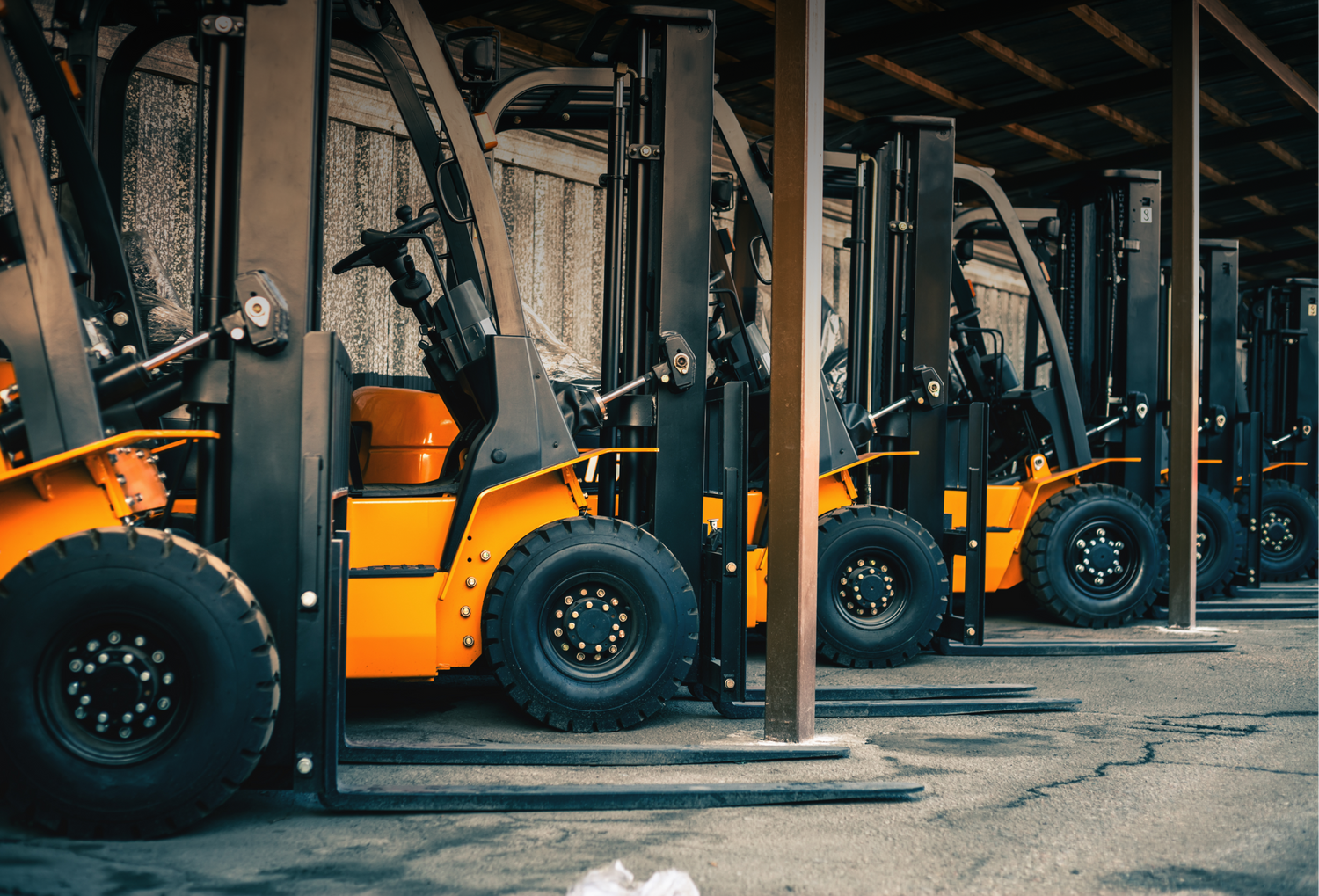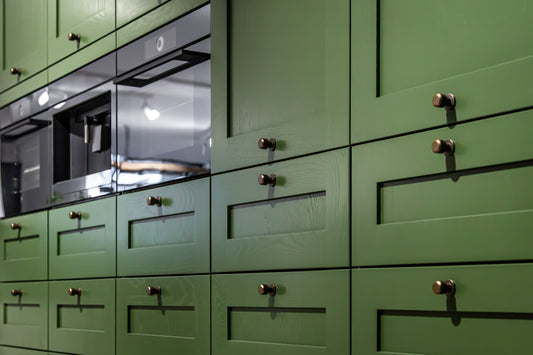How To Improve Paint Adhesion? Unveiling the Art of Flawless Finishes
If you’ve ever painted furniture, railings, or doors and faced issues like dripping or poor adhesion, you’re not alone. About 80% of paint failures stem from inadequate surface preparation or incorrect application. This article dives into the causes of poor paint adhesion and guides you on fixing the problem for a polished paint job.
Causes of Poor Adhesion of Paint:
- Surface Cleanliness: Dirty or poorly cleaned surfaces hinder paint adhesion. Proper surface preparation is key.
- Material Complexity: Certain materials like galvanized steel or aluminum may require a primer for successful paint adhesion.
- Incompatibility: Applying paint incompatible with the primer can lead to poor adhesion, causing the entire application to fail.
Best Application Practices for Improved Adhesion:
Optimize the adhesion of your thermoplastic paint with these tips:
- Cleaning and Surface Preparation: Remove any obstructive materials before applying paint.
- Application Temperature: Maintain dry conditions above 10°C or 50°F for optimal results.
- Spray Application: Opt for a spray application for a thinner, faster-drying layer compared to using a roller or brush.
- Surface Roughing: Increase the contact area for better adhesion. A wire brush is an excellent tool for surface preparation.
Benefits of Greater Adherence:
Achieving optimal paint adhesion offers numerous advantages for your projects:
- Reduced Maintenance: Experience minimal maintenance work in the short term.
- Time and Resource Savings: Get everything right in the first application, eliminating the need for rework.
- Extended Durability: Enhance the lifespan of your project.
- Enhanced Visibility and Security: Improve driver safety by maintaining visibility for longer durations.
At Samurai 2K USA INC, we excel in both industrial and household paint practices. Contact us for a comprehensive analysis of your project and let our expertise help you achieve unparalleled results.











